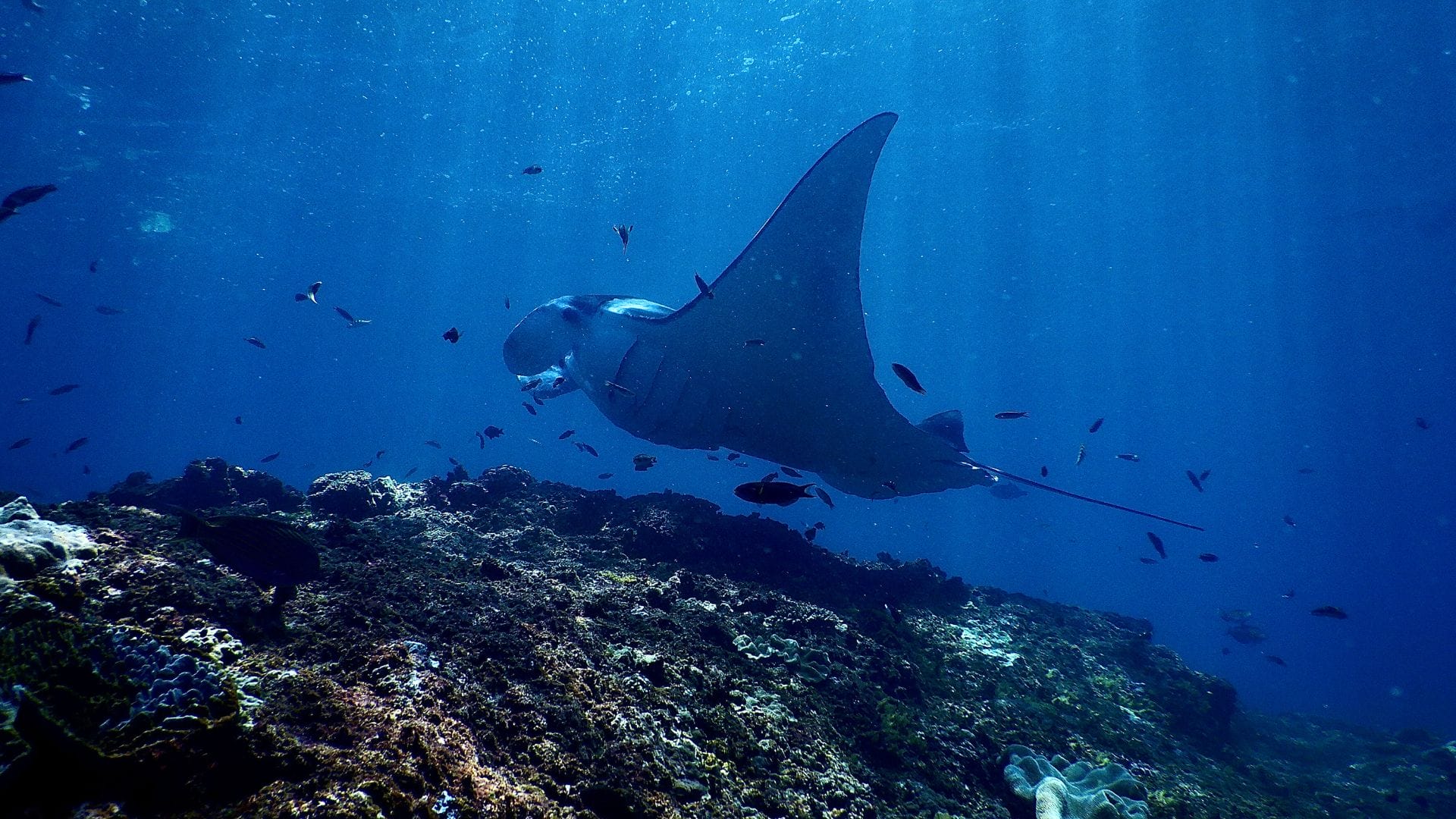Swimming with manta rays in Oahu is one of the most original activities, and despite not being home to many, the island is a good place for that.
This unique experience is not just about dipping into the turquoise waters. It's about witnessing firsthand the mesmerizing dance of these gentle giants beneath the starlit Hawaiian skies.
You might be wondering – what makes swimming with mantas in Oahu so special? Let's find out in this guide.
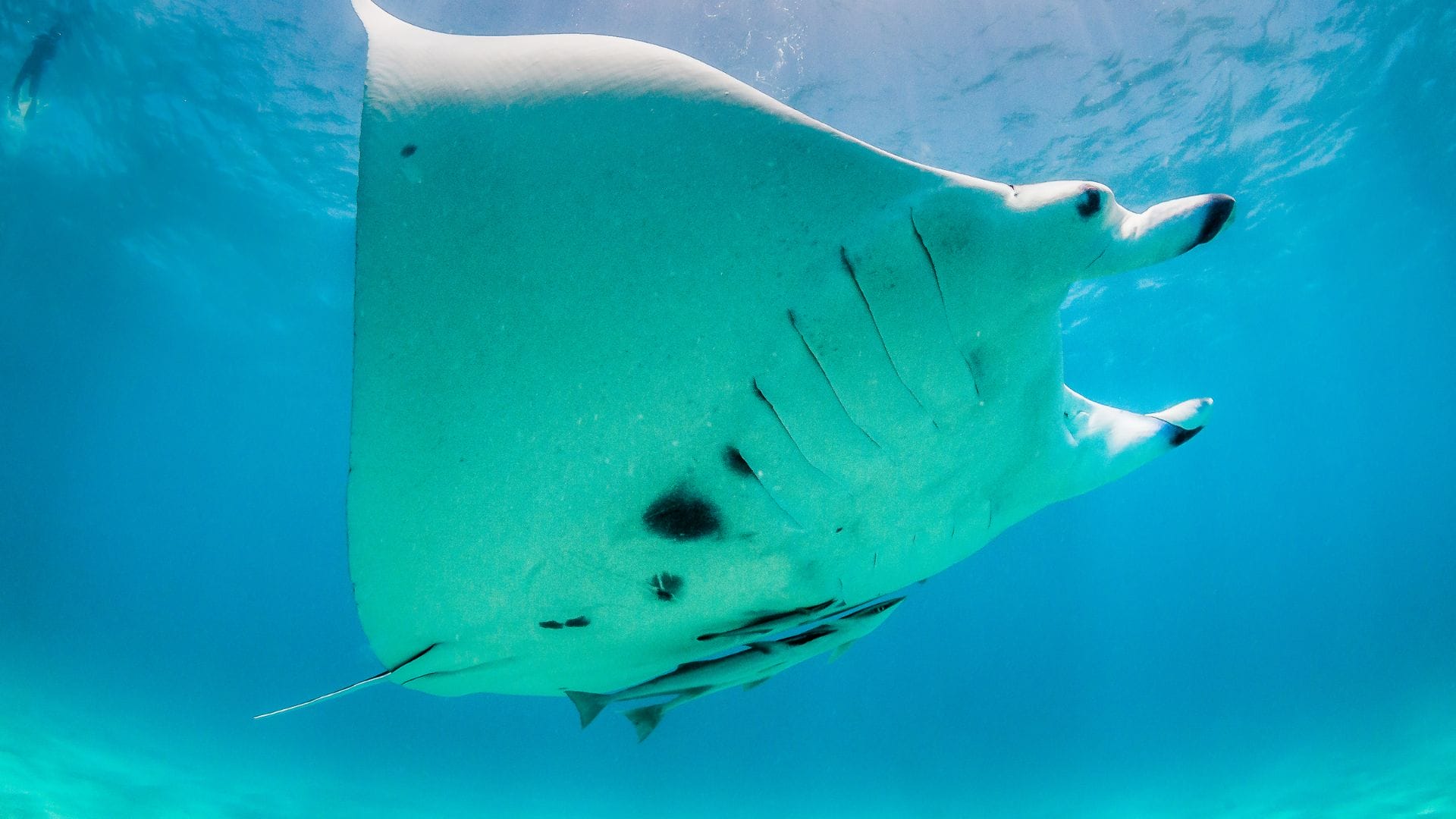
Swimming With Manta Rays in Oahu - Overview
Imagine spending your day gliding through the waters of Oahu, surrounded by majestic manta rays - these creatures are one of nature's hidden gems.
Swimming with manta rays off the coast of Honolulu is a dream-come-true adventure that offers an up close and personal look into Hawaiian marine life.
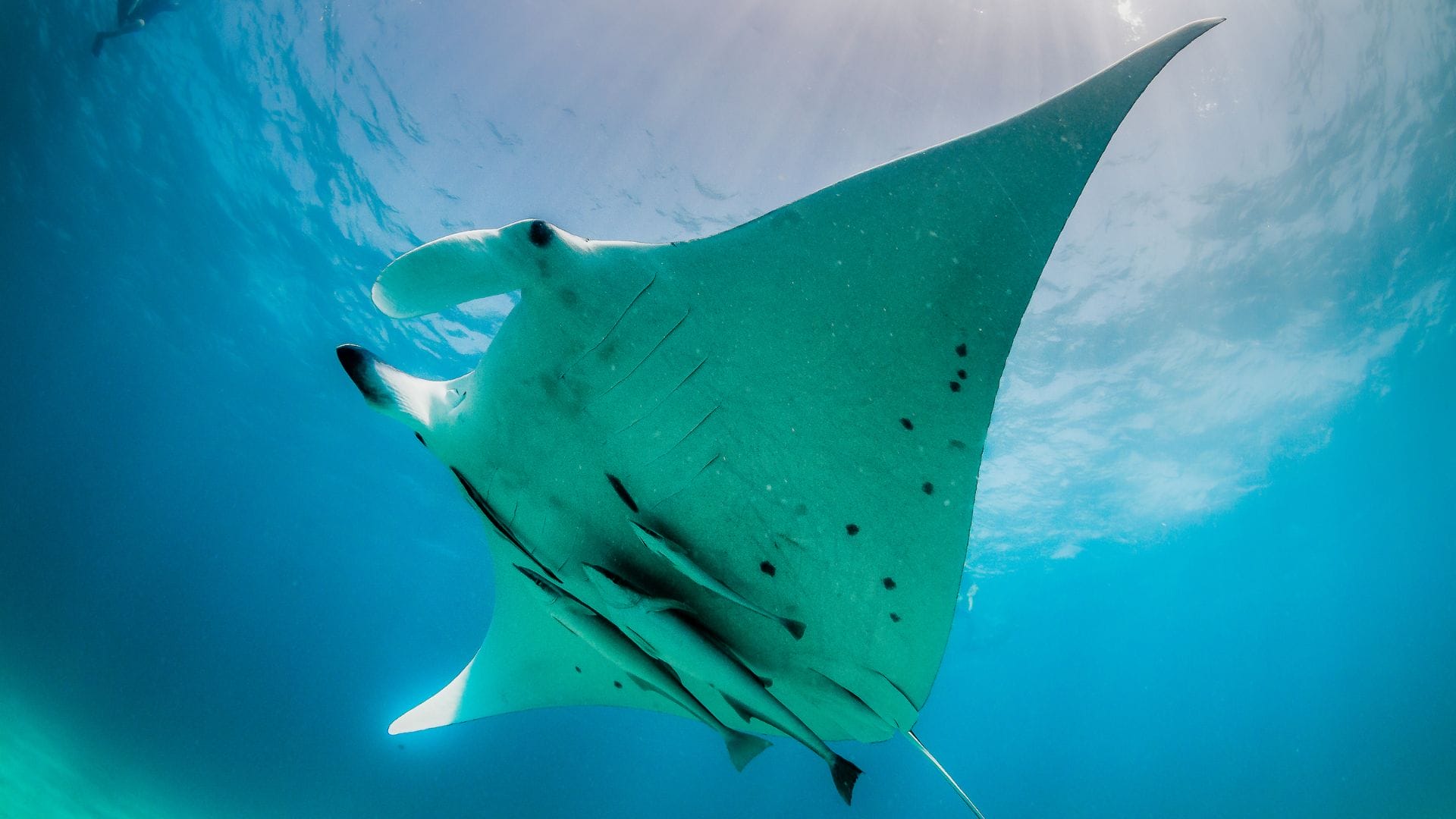
Is It Worth Swimming With Manta Rays in Oahu?
Absolutely, swimming with manta rays in Oahu has got to be at the top of your list.
It's not every day you get to see these majestic creatures up close and personal. Their massive wingspan and graceful movements will take your breath away.
The experience is both exhilarating and calming at the same time. It's definitely worth it, and you won't regret it.
Key-Takeaway
Swimming with manta rays in Oahu is an unforgettable and unique experience that will take your breath away.
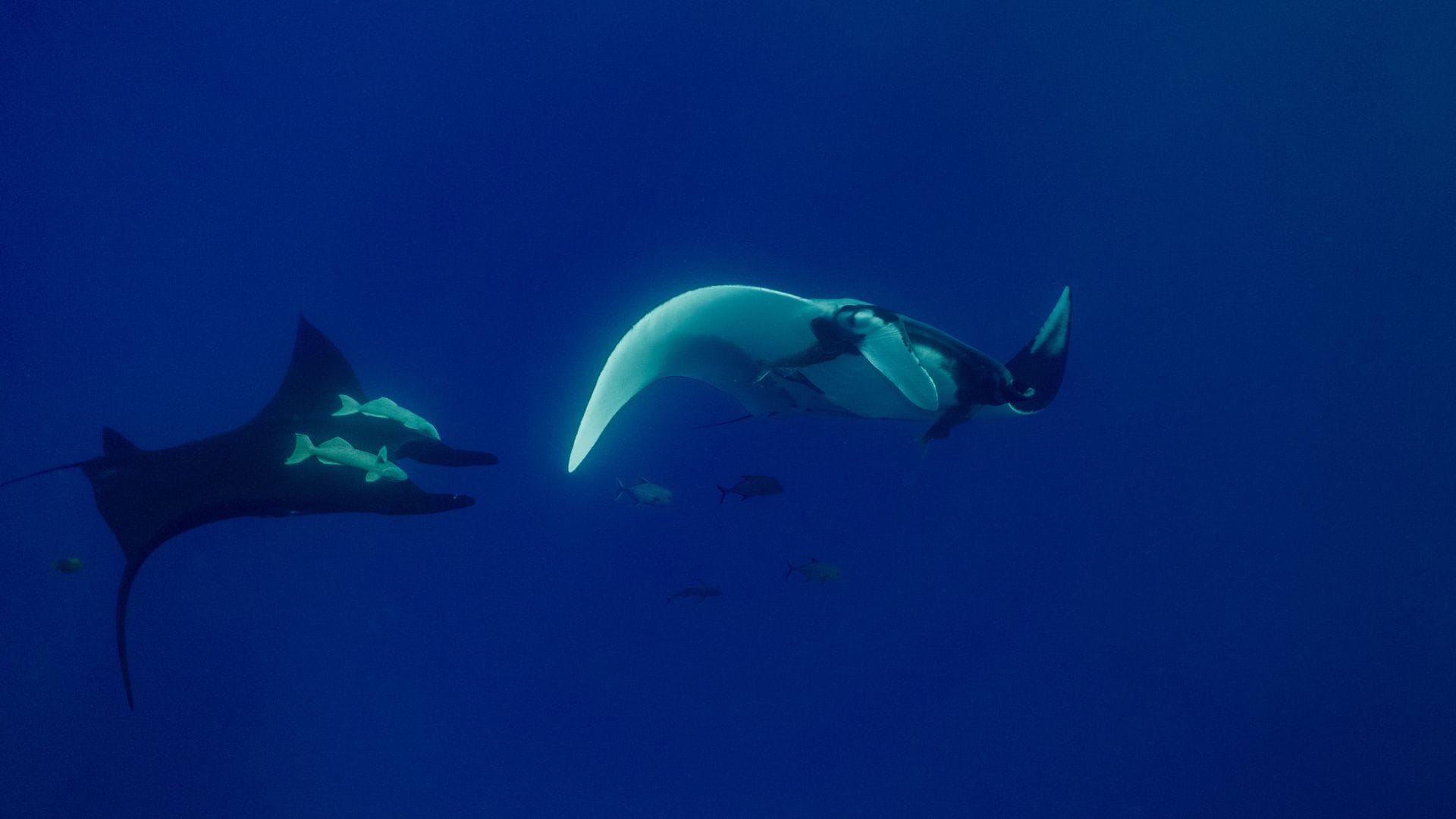
Is It Safe to Swim With Manta Rays?
Yes, it's safe, and manta rays pose no threat to humans and are actually quite curious and friendly.
As long as you respect their space and follow guidelines set by your instructor, there is no reason why you shouldn't feel safe swimming with these magnificent creatures.
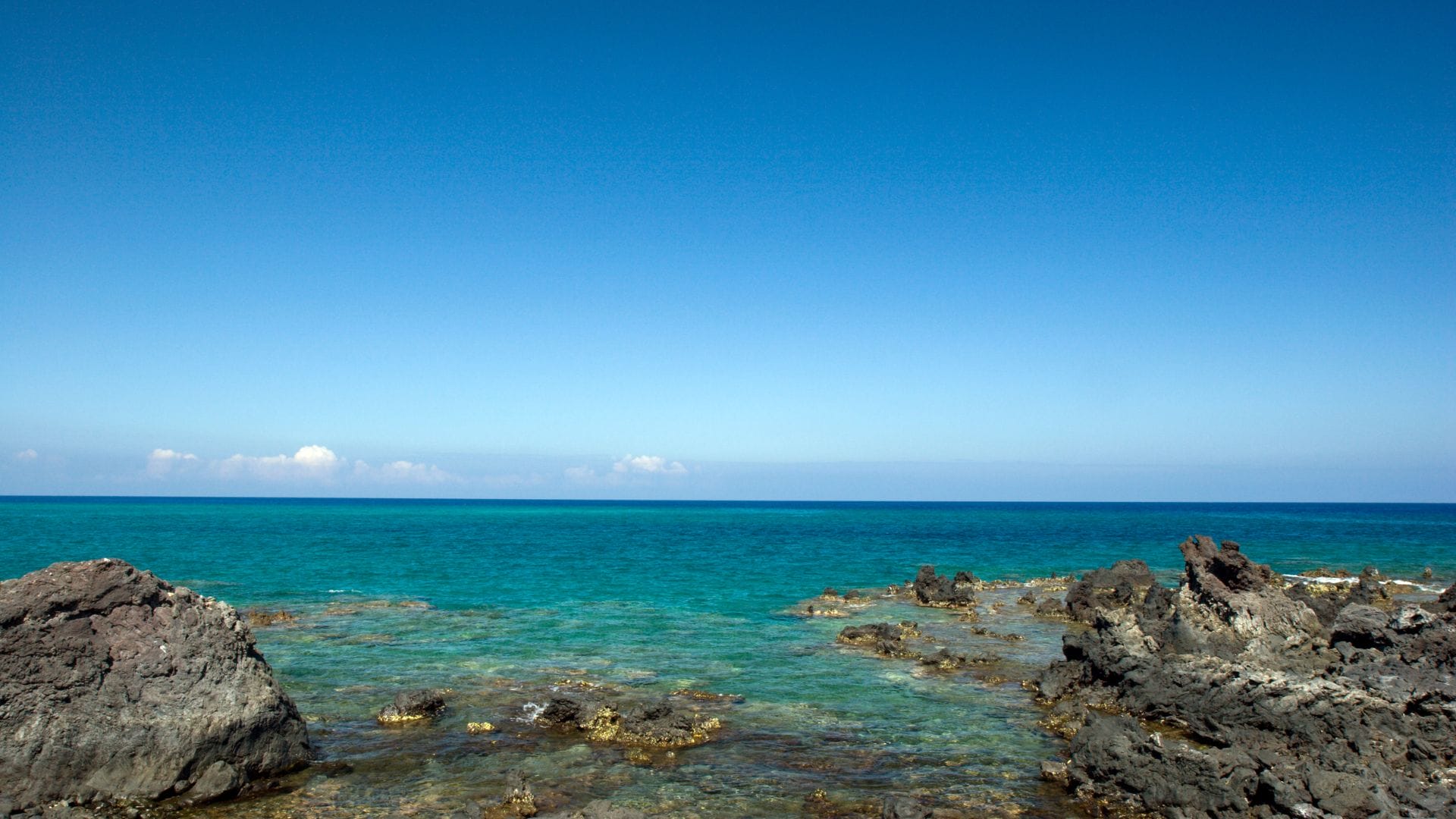
Where Are the Best Spots In Hawaii to See Manta Rays?
Heading to the Kona Coast of the Big Island of Hawaii!
This tropical paradise is home to some of the most amazing snorkeling spots in the world, and the manta ray dives are simply out of this world.
One of the main reasons why Kona is such a hotspot is the abundance of plankton in the area.
Manta rays love to eat it, and they’ll come right up to you as they gracefully glide through the water.
Key-Takeaway
The Kona Coast of the Big Island of Hawaii is the perfect destination for incredible snorkeling and manta ray dives due to its abundance of plankton.
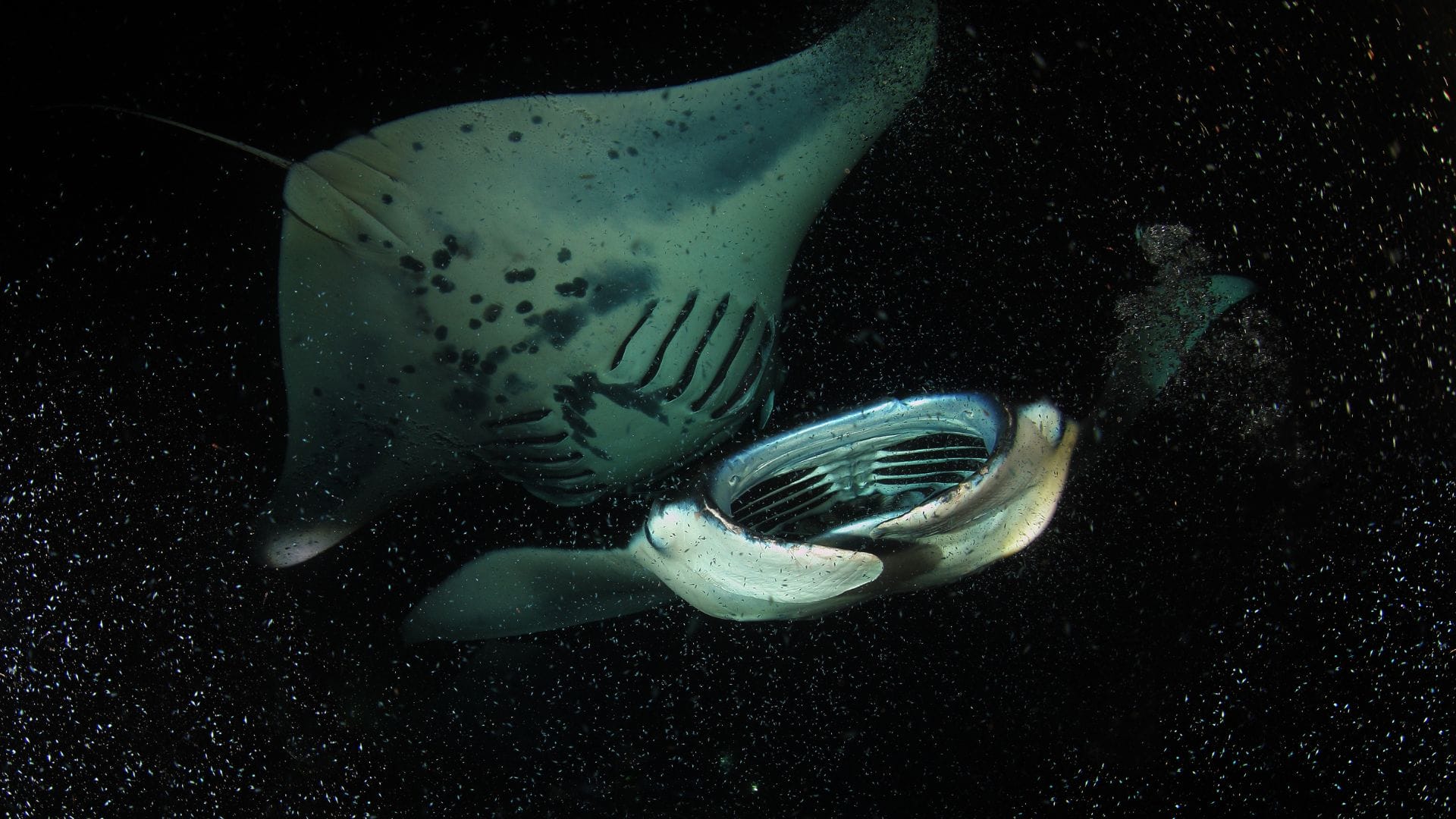
Can You See Manta Rays at Night in Oahu?
Generally speaking, your chances to see manta rays at night in Oahu are pretty slim, as the feeding area is mostly in Kona, Hawaii's Big Island.
While it's quite difficult to see them in Oahu, encountering them at night is your safest bet.
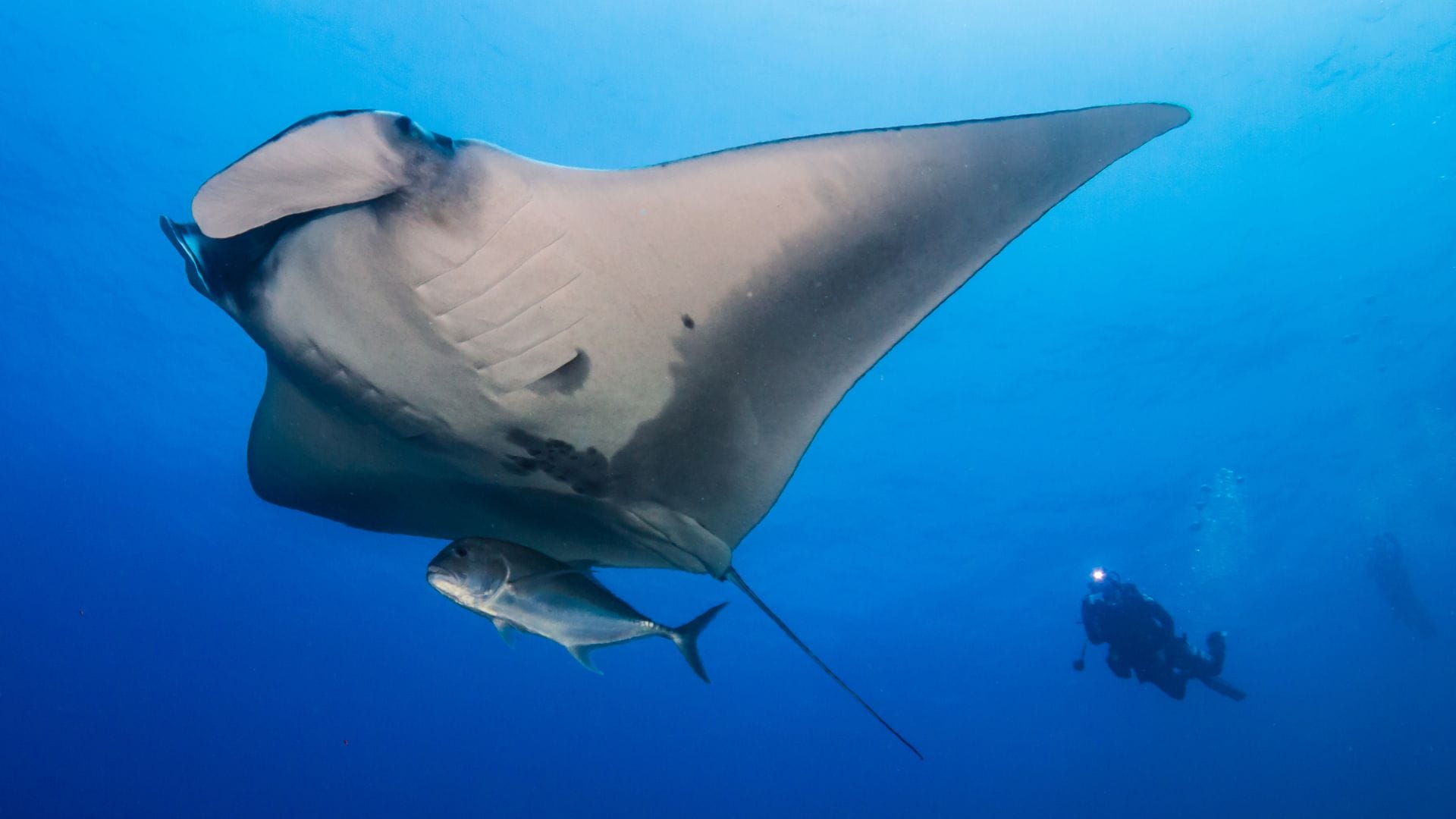
Swim with Manta Rays in Oahu
Although manta rays are not common in Oahu (snorkeling in Oahu and going swim with sharks Oahu are more popular and common), encountering them in their natural habitat is a breathtaking experience.
As you plunge into the crystal-clear waters, seeing them will leave you in awe. The best part is, you get to swim alongside them and observe their elegant movements from a close range.
And if you have limited time in Hawaii, then taking a tour in Oahu is a good idea.
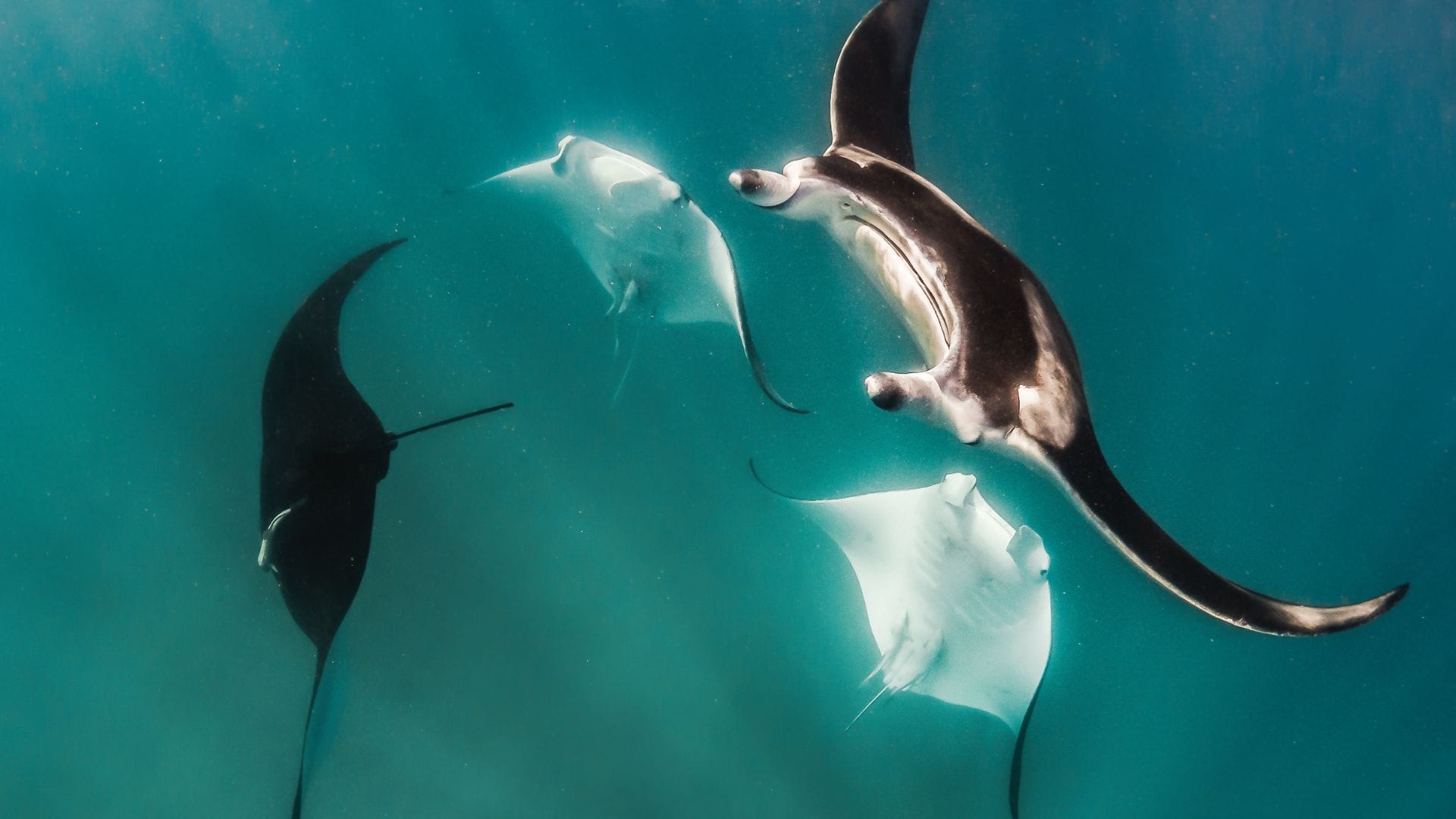
What to Pack for Your Manta Ray Oahu Tour
First and foremost, consider bringing along some Dramamine or sickness tablets. The ride to and from the Manta Ray site can be a little rocky, and you don't want to feel queasy and miss out on the fun.
Secondly, bring your swimwear and rash guard. You'll be spending a lot of time in the water, so it's important to be comfortable and protected.
Also, pack a towel and some warm clothes for after the tour, as the ocean breeze can be chilly. Don't forget your camera or GoPro to snap some Insta-worth shots!
Key-Takeaway
Bring Dramamine, swimwear, a towel, warm clothes, a camera, and snacks for an enjoyable and memorable experience at the Manta Ray site.
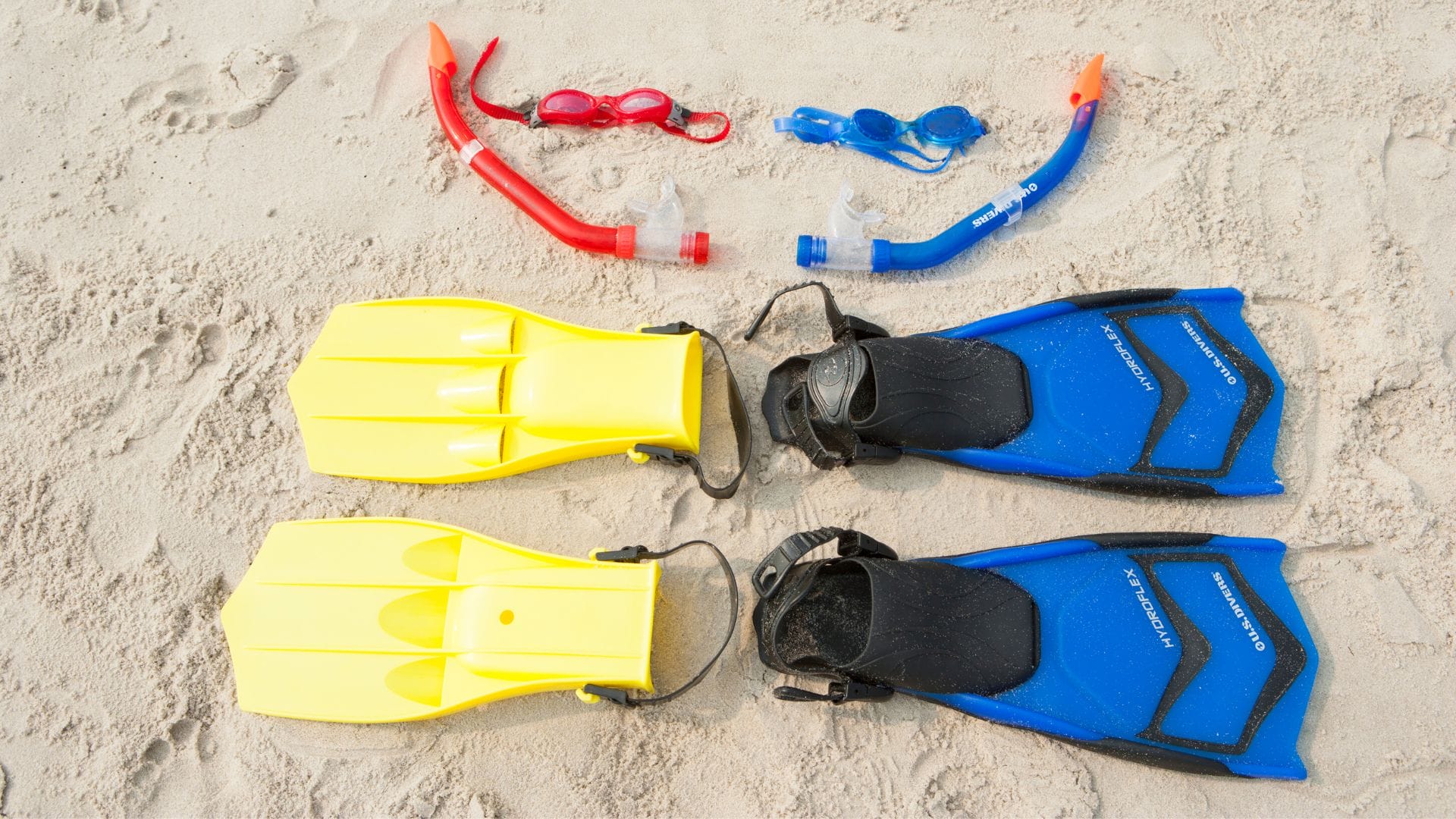
Preparing for Your Manta Ray Snorkel
Are you ready to dive into the exciting world of manta ray snorkeling? Before you embark on this adventure, there are a few key things you should keep in mind.
First, check with your tour operator to ensure you have all the necessary gear and equipment. This includes a wetsuit, fins, mask, and snorkel.
Additionally, be sure to pack a towel and a change of clothes. When it comes to being in the water, remember to stay calm and avoid sudden movements.
Manta rays are peaceful creatures, but they can be spooked by quick motions. Take your time and enjoy the stunning beauty of these gentle giants.
Key-Takeaway
Prepare for your manta ray snorkeling adventure by gathering the necessary gear, packing a towel, and remembering to stay calm in the water to enjoy the beauty of these gentle giants.
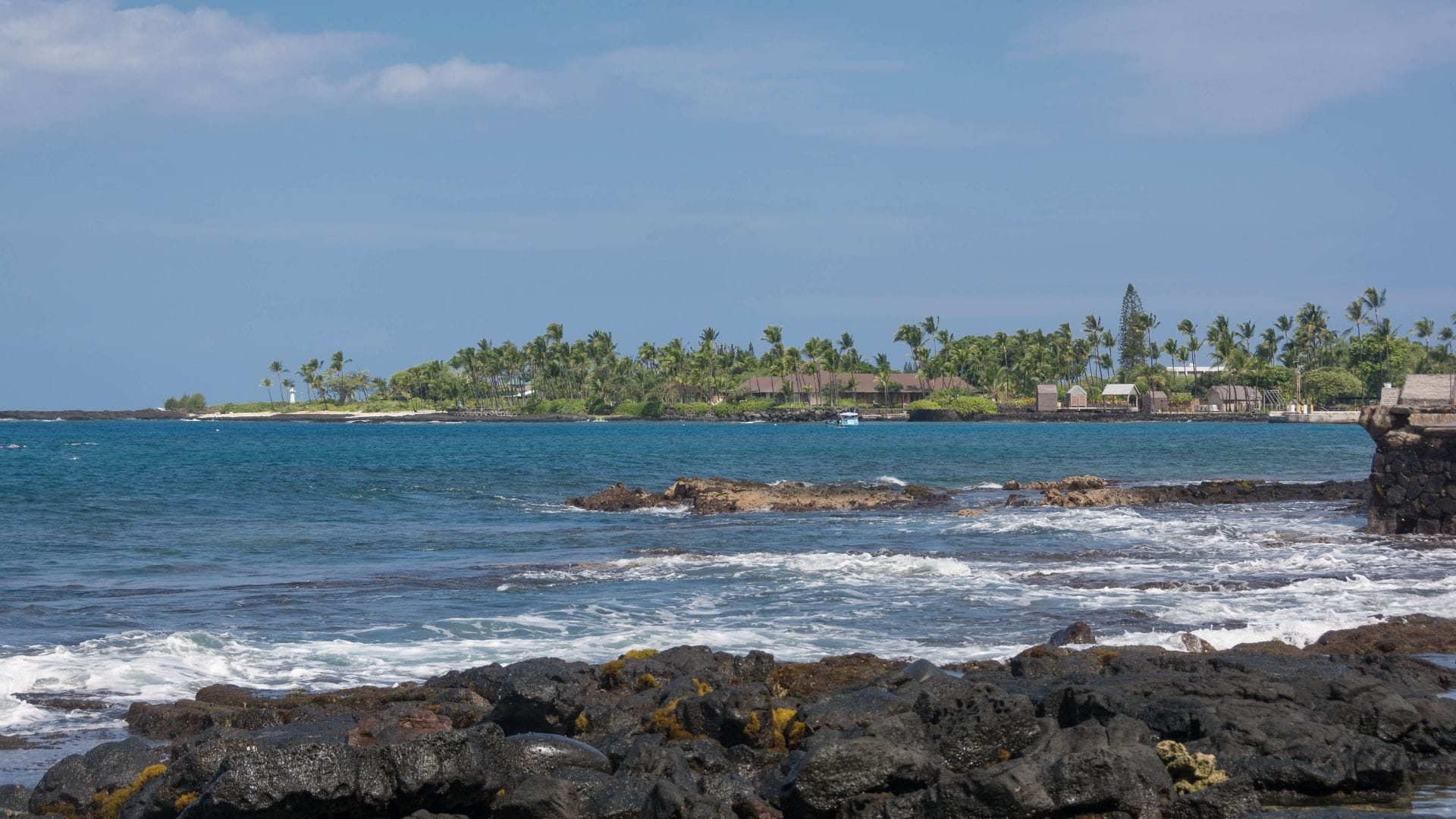
Best Spots on Big Island to Swim with Manta Rays
If you're searching for an extraordinary aquatic experience, swimming with manta rays should be on your agenda.
The Big Island in Hawaii offers some unparalleled spots where you can reliably find manta rays night after night.
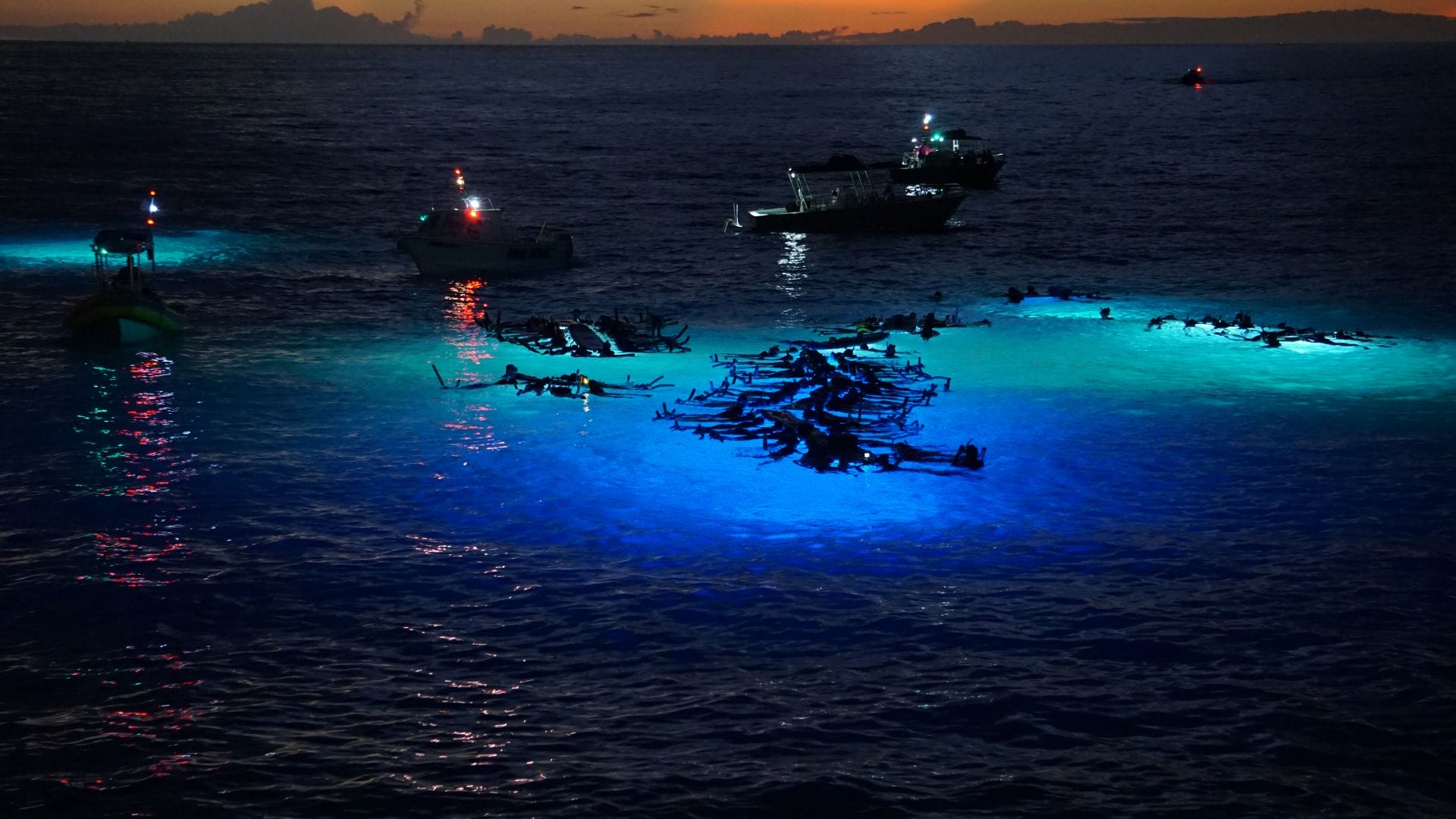
Manta Point
The first spot that comes highly recommended is Manta Point - located in Kauna’oa Bay, which is on the north side of the Kona coast.
This location has gained popularity among divers and snorkelers due to its high success rate for sightings.
This area is exuberant about food. Plankton, their primary diet source, are drawn towards the light from boats illuminating the water surface here, which attracts multiple giant manta rays creating an unforgettable feeding frenzy spectacle.
While Manta Point is the best spot for this experience, it's not accessible to the public since it's located within private hotel grounds.
However, there are plenty of other public spots for scuba diving where you can encounter these majestic creatures.
Just remember to get scuba certified before taking a dip. Once you do, you'll be ready to dive into the crystal-clear waters and witness these gentle giants up close.
Key-Takeaway
You can experience the majestic beauty of manta rays in the crystal-clear waters of Kauna'oa Bay.
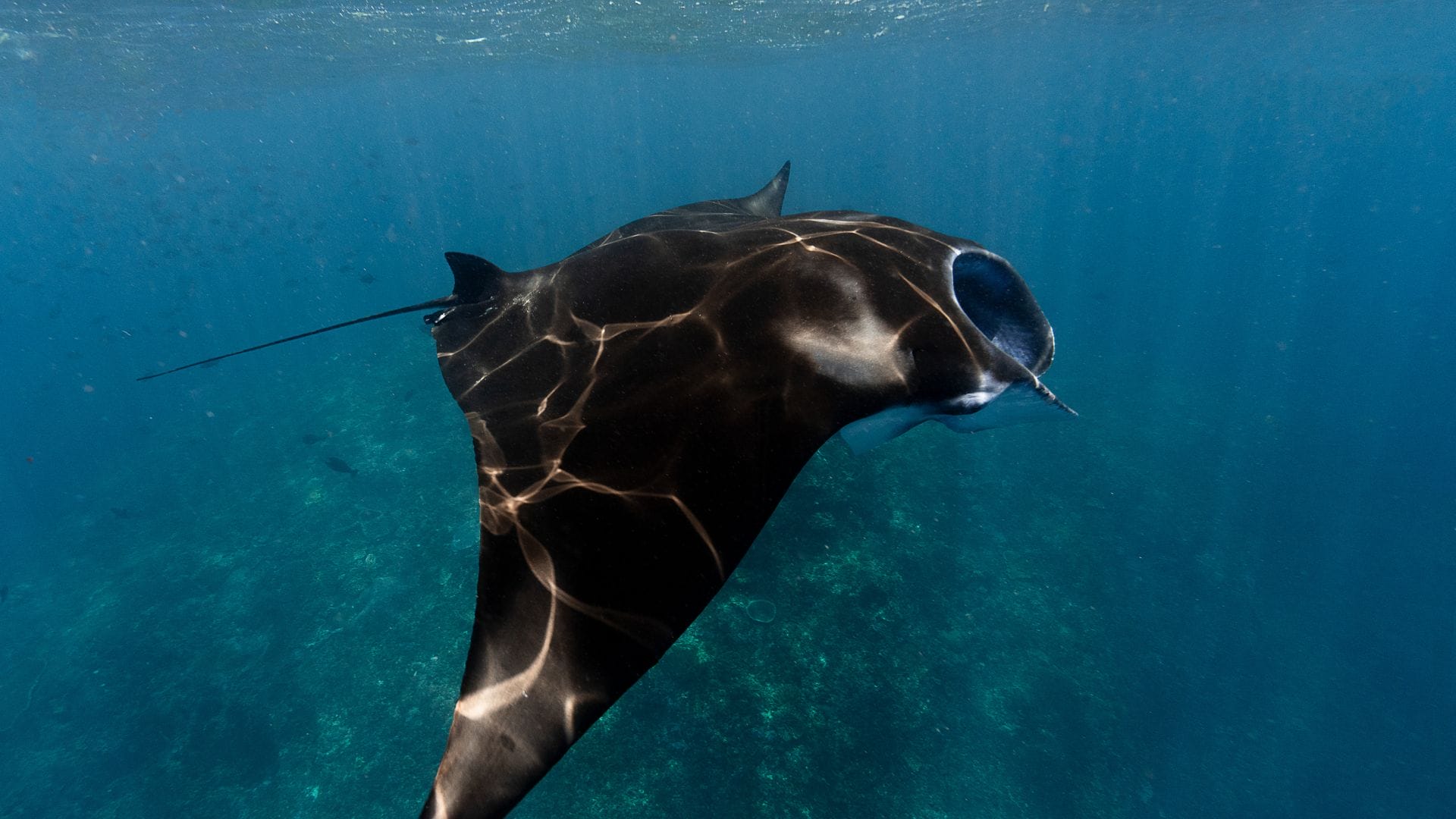
Manta Heaven
Your next stop could be 'Manta Heaven', another popular manta ray viewing spot off Kona coast.
It known not just for nighttime sightings but also as a daytime cleaning station where cleaner wrasses help rid mantas of parasites.
Blessed by favorable ocean conditions and abundant plankton supply, witnessing numerous reef manta rays grow up 18 feet wide or more performing acrobatics under starlit skies here will truly feel like heaven.
With a success rate slightly higher than nearby Manta Village, you're likely to spot around six manta rays per trip.
Key-Takeaway
Manta Heaven is a popular spot for viewing manta rays and witnessing them perform acrobatics under starlit skies, with a higher success rate of seeing at least 6 per trip.
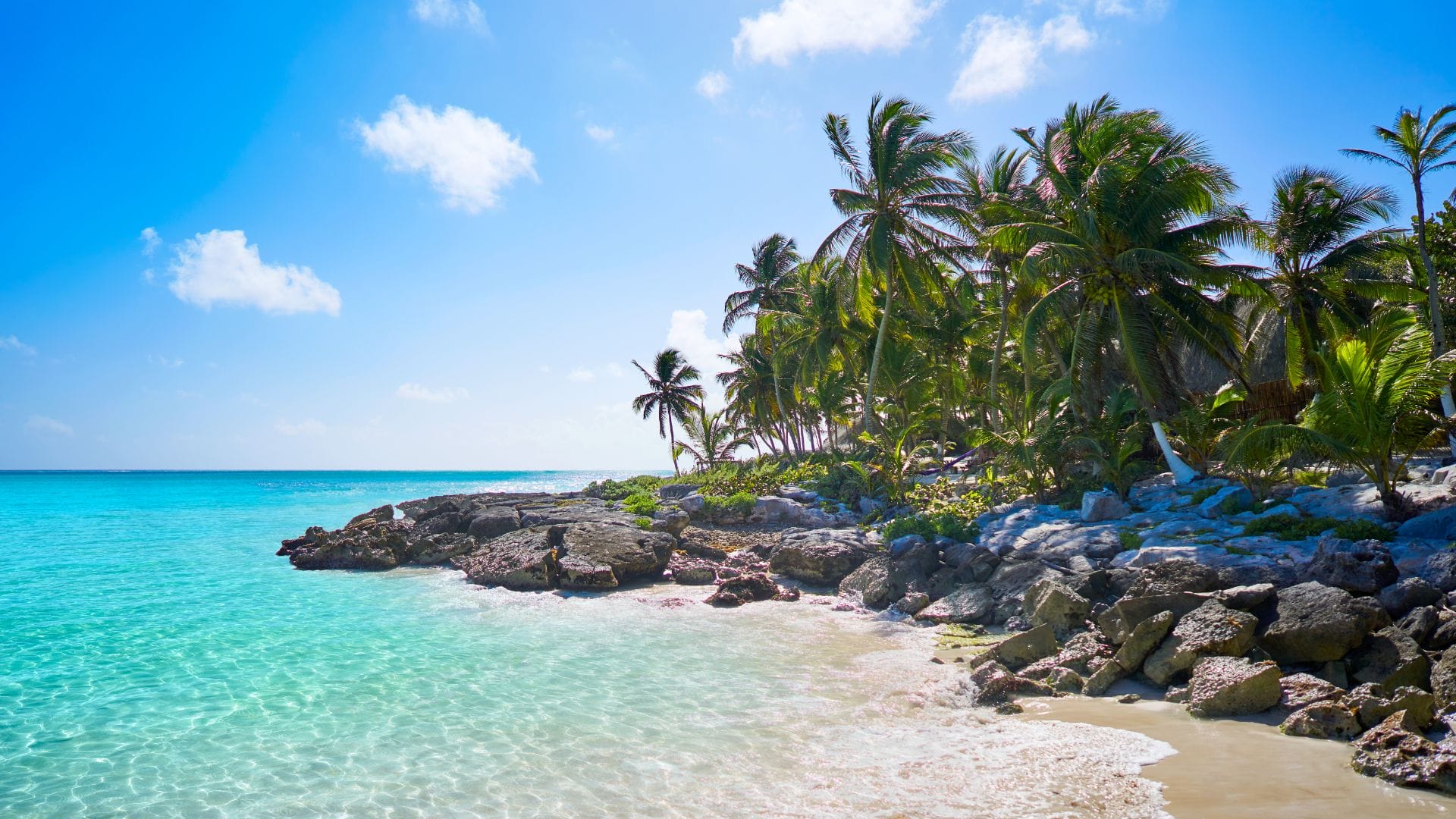
Sheraton Keauhou Bay Resort & Spa
Sheraton Keauhou Bay Resort & Spa's adjacent waters dubbed as 'Manta Village'.
After sunset when hotel floodlights attract swarms of plankton into shallow waters nearby, these majestic creatures glide effortlessly through illuminated water making loops while chasing tiny organisms. It's nothing short of magical.
While each location presents incredible opportunities, remember nature doesn't follow schedules, so patience may sometimes be required.
If you are the hotel guest, you can directly book tour with the hotel. They will arrange a tour for you.
Key-Takeaway
At Sheraton Keauhou Bay Resort & Spa's 'Manta Village', visitors can experience the magic of manta rays gracefully looping through illuminated waters after sunset.
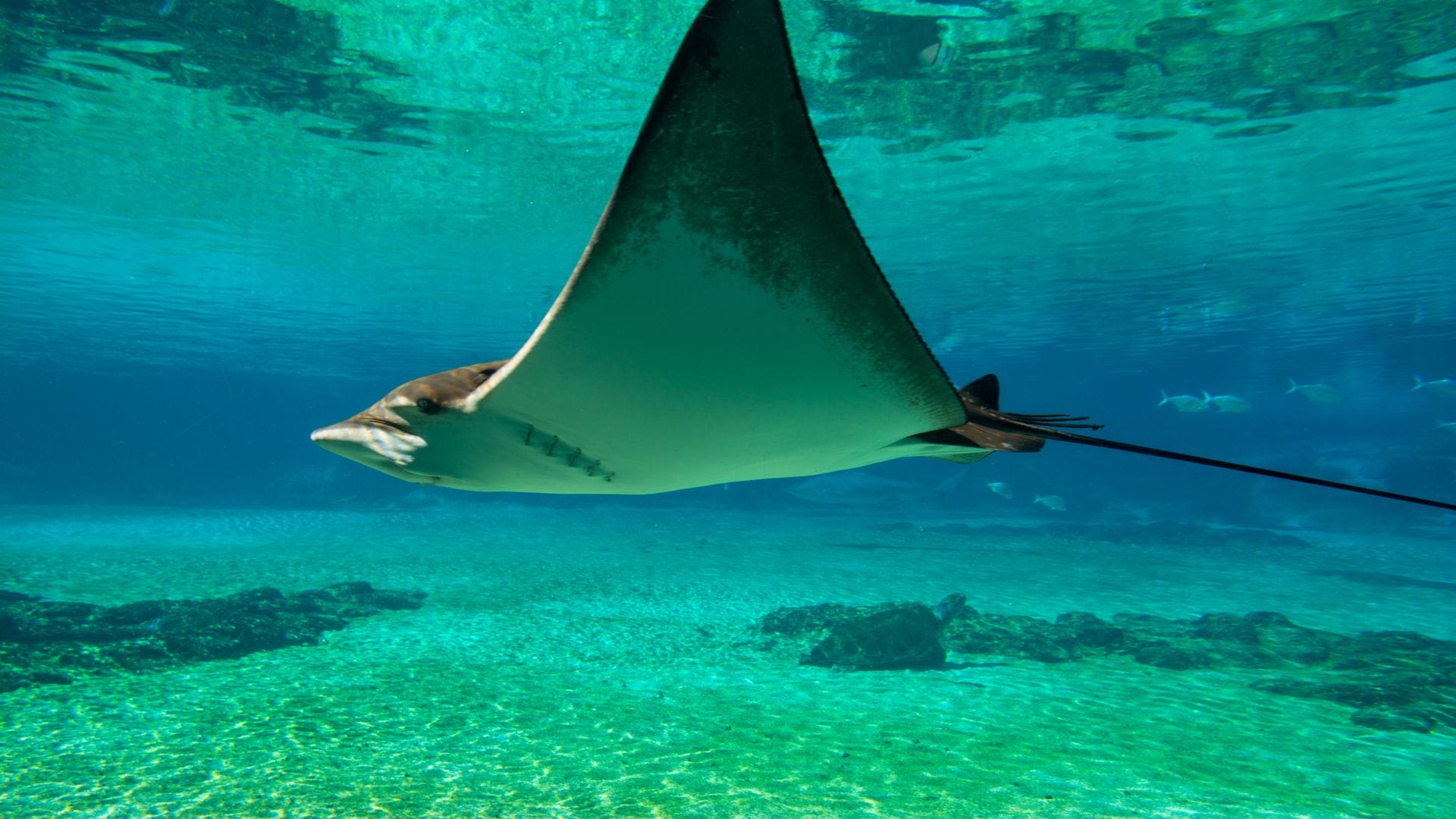
Planning Your Trip - When To Go And What To Bring
The planning phase of your Hawaiian adventure is crucial, especially when it involves unique experiences like a manta ray night snorkel.
The timing and what you pack can significantly enhance the quality of this underwater escapade. Let's elaborate here below.

Best Time to See Manta Rays in Oahu
You should plan your visit to Hawaii during the summer months. This is the time when you'll be able to see the most.
In addition, tours typically take place at night or after sunset because manta rays love to feed on plankton, which are attracted to the lights. If you're lucky, you might actually get to see these majestic creatures up close.
In the other hands, during the day is shining bright, and with the sun comes hoards of plankton spreading throughout the ocean. This can make it difficult to spot a manta ray during the day,
Key-Takeaway
Plan your visit to Hawaii during the summer months for the best chance to see manta rays up close, either at night or after sundown when the plankton are more abundant.
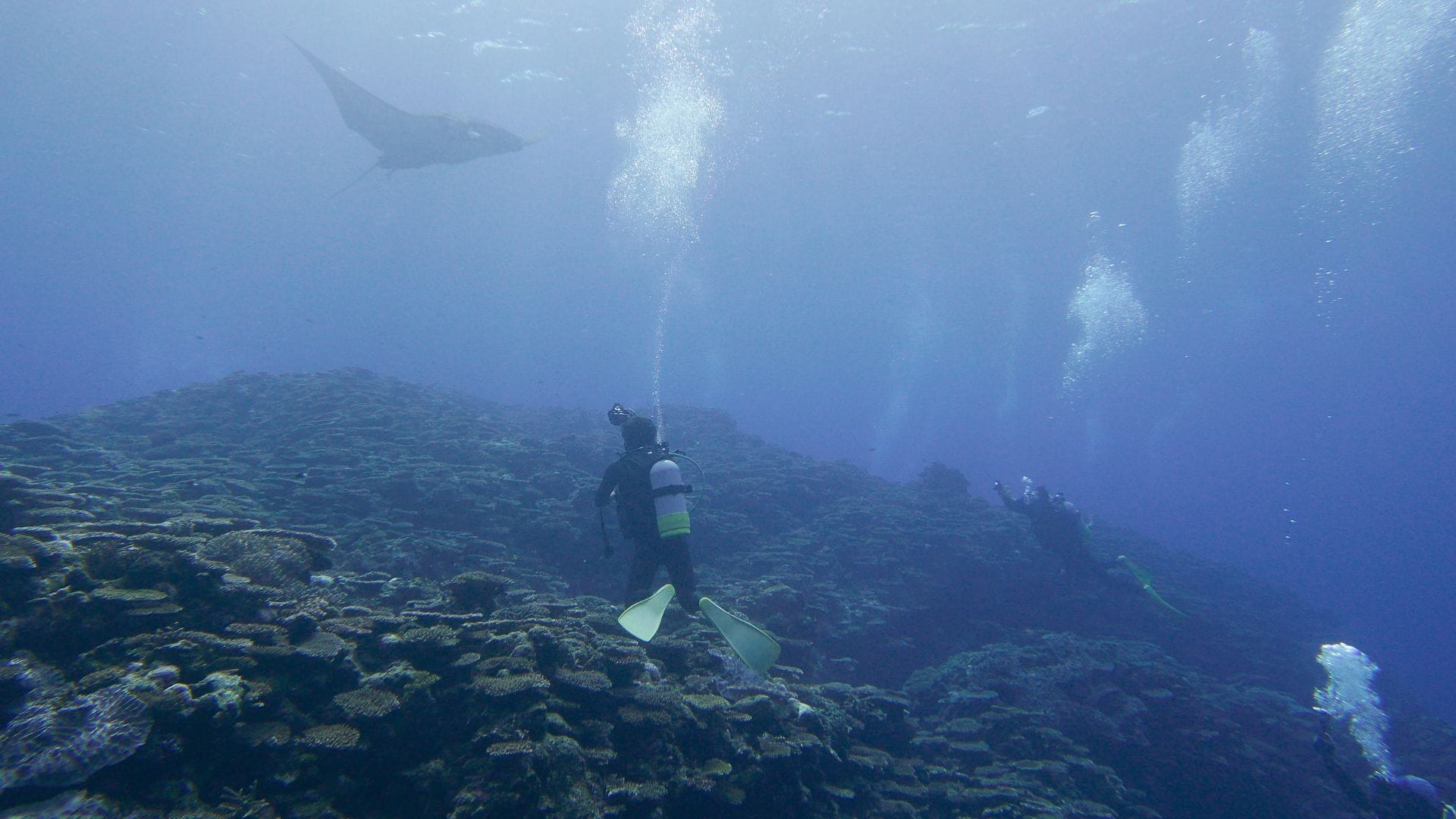
Responsible Tourism - Safeguarding Hawaii's Marine Life
The enchantment of swimming with manta rays in the Hawaiian waters is a truly unforgettable experience.
It's important to keep in mind that we are only visitors in the marine life's native habitat. Let us tell you more about keeping your distance from manta rays here below.
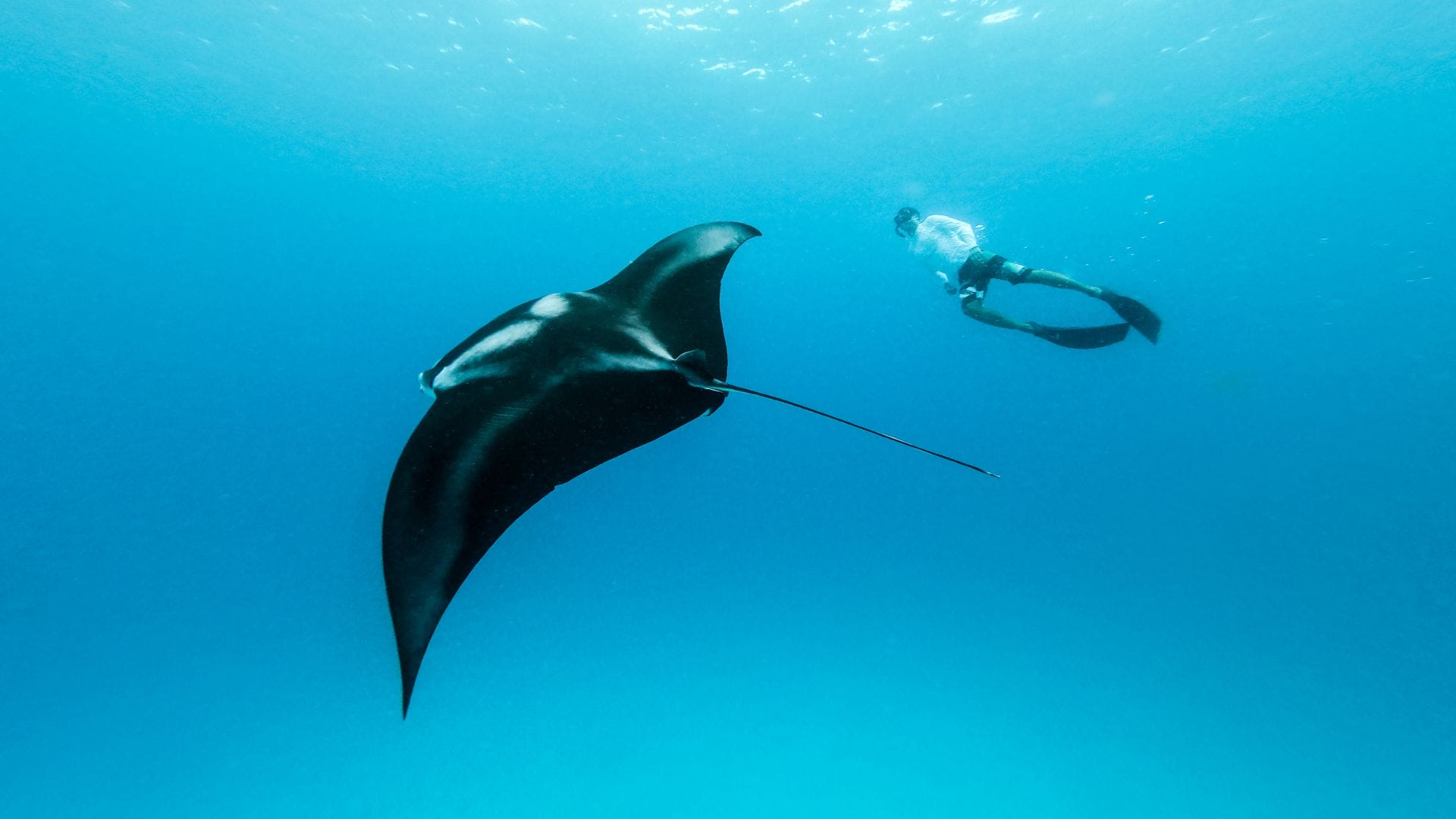
Maintaining Distance from Manta Rays
Before diving in, it is important to remember to keep a respectful distance.
Do not touch, not only can it harm them, but also it can disturb their behavior. Instead, try to stay at least 10 feet away and let them approach you.
Remember to approach them slowly and avoid blocking their path. Respect their personal space and they will reward you with an amazing experience you'll never forget!
Key-Takeaway
Approach animals with respect and caution, keeping a distance of at least 10 feet, to ensure an unforgettable experience.
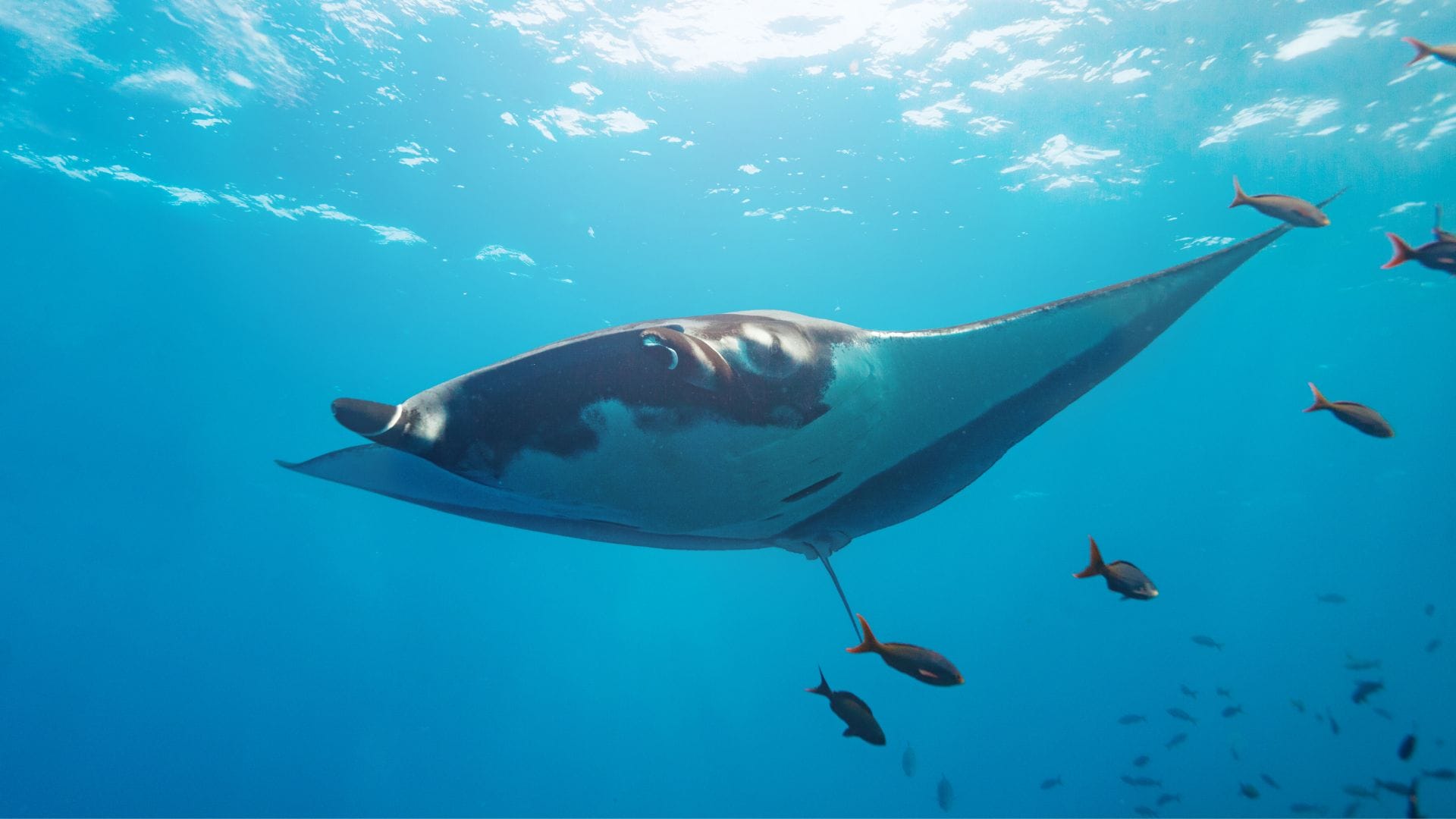
Conclusion:
Swimming with manta rays in Oahu is an experience like no other. With Big Island's diverse snorkeling and diving sites, there is an option for everyone.
Whether you want to watch their majestic dance from afar, or take the plunge to dive in deeper with them, the choice is yours.
All in all, we couldn't recommend a manta ray night tour while in Hawaii, as this will easily become the highlight of your trip!
Frequently Asked Questions
While Oahu offers many aquatic adventures, swimming with manta rays is not common there.
For this unique experience, head to the Big Island, specifically Kailua-Kona.
The best place in Hawaii to swim with manta rays is off the coast of Kailua-Kona on the Big Island.
Popular spots include Manta Point, Manta Heaven, and Manta Village.
Average prices for a guided night snorkel or dive tour range from $100-$150 per person.
Prices may vary based on tour operators and included amenities.
You can potentially see mantas year-round in Hawaii, but nighttime tours offer higher chances of sightings due to their feeding habits.
While a manta ray snorkeling tour may give you a glimpse from above, scuba divers get fully immersed in the experience.
Real Hawaii Tours
Free Oahu E-Guide



